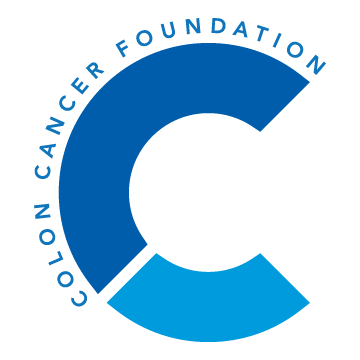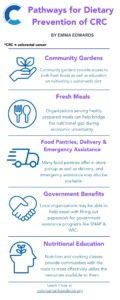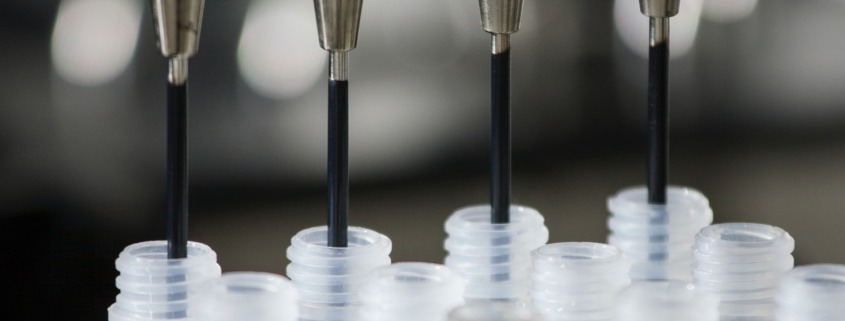A 20-year Danish cohort study was recently published in the Journal of the National Cancer Institute, and was an accumulation of really surprising data from nationwide registries in regard to aspirin’s impact on the prevention of colorectal cancer (CRC).
This study followed 1,909,532 individuals for 18.2 years. The individuals, who were between 40-70 years old and had no cancer at baseline, were split into two main groups:
- Those who use low-dose aspirin (as measured by having at least one prescription and nonuse of no prescriptions since baseline)
- Those who use high-dose aspirin (as measured by having at least two prescriptions and nonuse as less than two prescriptions since baseline)
Researchers then used the Cancer Registry to determine which individuals had been diagnosed with cancer during the 18.2-year follow-up period. Additionally, using the Prescription Registry, researchers were also able to keep track of individuals in the study who had refilled their aspirin prescriptions, and were able to further see the approximate dosage that each individual was taking.
What Were the Study Findings?
Among all of the individuals who were accounted for during the approximate 18.2 years, 422,778 were diagnosed with cancer. While low-dose aspirin usage during a short period of time (<5 years) did not show statistical significance in preventing cancer, long-term use (5+ or 10+ years) was associated with at least a 10% reductions in risk for several cancer sites throughout the body (including the colon, rectum, esophagus, stomach, liver, pancreas, etc.). Additionally, high-dose usage was associated with an even higher percentage of risk reductions for developing these cancers.
Overall, this study found that individuals who took aspirin had less spread of cancer to their lymph nodes as compared to those who did not take aspirin. The study also found an association between aspirin usage and a reduction in the risk of CRC.
Unpacking the Study Findings: What Does This Mean?
Aspirin’s role in preventing various cancers is surprising because one wouldn’t typically think there was a connection between the two. However, aspirin actually has capabilities of adjusting the immune system function, inherently allowing it to function better when it comes to fighting cancer cells.
Though this seems like an exciting preventative measure, researchers insist that the increased-usage of this medication should not be encouraged. Aspirin raises the risk of serious bleeding, and could even be lethal if too much of the medication is consumed. However, this study really is interesting as it makes us wonder what other parts of daily life could unknowingly be helping us reduce the risk of cancer and other diseases. Additionally, it also raises questions on further research that could be done on the impact of medications on the immune system along with ways to strengthen the immune system to prevent various cancers.
Parker Lynch is a Colorectal Cancer Prevention Intern with the Colon Cancer Foundation.
Photo credit: Dan Smedley on Unsplash






